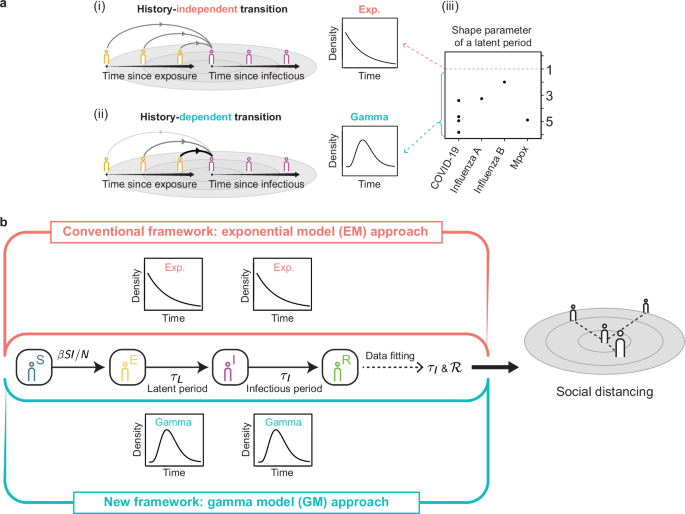2024-10-17 バッファロー大学(UB)

A study co-led by the University at Buffalo uses genetics to understand our ability to begin metabolizing starchy foods like bread and pasta in the mouth.
<関連情報>
- https://www.buffalo.edu/news/releases/2024/10/our-love-of-carbs-predate-agriculture-and-maybe-even-our-split-from-Neanderthals.html
- https://www.science.org/doi/10.1126/science.adn0609
- https://elifesciences.org/articles/44628
ヒトのアミラーゼ遺伝子座の再構築により、古代の重複が現代の変異を生み出していることが明らかになった Reconstruction of the human amylase locus reveals ancient duplications seeding modern-day variation
Feyza Yılmaz, Charikleia Karageorgiou, Kwondo Kim, Petar Pajic, […], and Omer Gokcumen
Science Published:17 Oct 2024
DOI:https://doi.org/10.1126/science.adn0609
Abstract
Previous studies suggested that the copy number of the human salivary amylase gene, AMY1, correlates with starch-rich diets. However, evolutionary analyses are hampered by the absence of accurate, sequence-resolved haplotype variation maps. We identified 30 structurally distinct haplotypes at nucleotide resolution among 98 present-day humans, revealing that the coding sequences of AMY1 copies are evolving under negative selection. Genomic analyses of these haplotypes in archaic hominins and ancient human genomes suggest that a common three-copy haplotype, dating as far back as 800 KYA, has seeded rapidly evolving rearrangements through recurrent non-allelic homologous recombination. Additionally, haplotypes with more than three AMY1 copies have significantly increased in frequency among European farmers over the past 4,000 years, potentially as an adaptive response to increased starch digestion.
独立したアミラーゼ遺伝子のコピー数バーストは、哺乳類の食嗜好と相関する Independent amylase gene copy number bursts correlate with dietary preferences in mammals
Petar Pajic,Pavlos Pavlidis,Kirsten Dean,Lubov Neznanova,Rose-Anne Romano,Danielle Garneau,Erin Daugherity,Anja Globig,Stefan Ruhl ,Omer Gokcumen
eLife Published:May 14, 2019
DOI:https://doi.org/10.7554/eLife.44628
Abstract
The amylase gene (AMY), which codes for a starch-digesting enzyme in animals, underwent several gene copy number gains in humans (Perry et al., 2007), dogs (Axelsson et al., 2013), and mice (Schibler et al., 1982), possibly along with increased starch consumption during the evolution of these species. Here, we present comprehensive evidence for AMY copy number expansions that independently occurred in several mammalian species which consume diets rich in starch. We also provide correlative evidence that AMY gene duplications may be an essential first step for amylase to be expressed in saliva. Our findings underscore the overall importance of gene copy number amplification as a flexible and fast evolutionary mechanism that can independently occur in different branches of the phylogeny.


